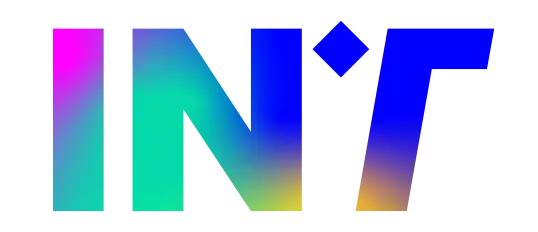Technology and movement science: how innovation is transforming training
In recent years, the world of training has undergone a profound transformation thanks to the use of technology to analyze and improve human movement. Innovative tools such as the Motor Pattern Test (PMT®), the Neurofascial Conditioning (NFSC®) and the Embodimetria® allow today to accurately assess the quality of movement, Prevent injuries and improve sports performance with a level of customization never seen before.
These tools, already used in sports and rehabilitation, are also entering the most innovative training centers. Eximus Performance, a reality of Seregno (MB), is a concrete example of how the adoption of advanced methodologies can result in a substantial improvement of the approach to training.
From evaluation to customisation: the role of technology
One of the most common mistakes in training is applying the same exercises to everyone, regardless of individual differences.
Technology allows you to measure before training, building routes tailored for each person.
Some of the most advanced methodologies available today are:
- Motor Pattern Test (PMT®) → A test that analyzes the fundamental movements of the body to identify imbalances and compensations that can lead to injuries.
- Neurofascial Conditioning (NFSC®) → A method that studies the relationship between the nervous system and muscles to improve strength, coordination and motor control.
- Embodimetry® → A unique technology that, with a series of advanced measurements, allows to understand if the joints and body movements are efficient.
These tools are not only a support for training, but become the core of a scientific method that aims to improve the quality of movement and reduce the risk of injuries.
Running analysis: correct errors and improve performance
Although running is considered a natural movement, it is actually a complex technical gesture. If performed incorrectly, it can lead to inefficiencies and injuries. Thanks to biomechanical analysis tools, it is now possible:
- Identify technical errors, such as incorrect positioning or inefficient movement.
- Improve technique to save energy and increase speed.
- Reduce the risk of injuries caused by repetitive movements and incorrect postures.
From technology to results
The adoption of these innovations signals a major shift in the training landscape. It is a shift from an approach based on subjective feelings to a scientific and measurable method.
Using advanced technologies, it is now possible to:
- Identify and correct imbalances in movement before they cause problems.
- Build customized training programs based on hard data.
- Improve sports performance with a systematic and scientific approach.
- Prevent injuries before they occur.
The use of technology in training is no longer a simple addition, but a necessity for those who want to train effectively and safely. Realities such as Eximus Performance, which adopt methods based on the science of movement, demonstrate how these tools can be applied in daily practice to improve not only the quality of training but also the quality of life.




